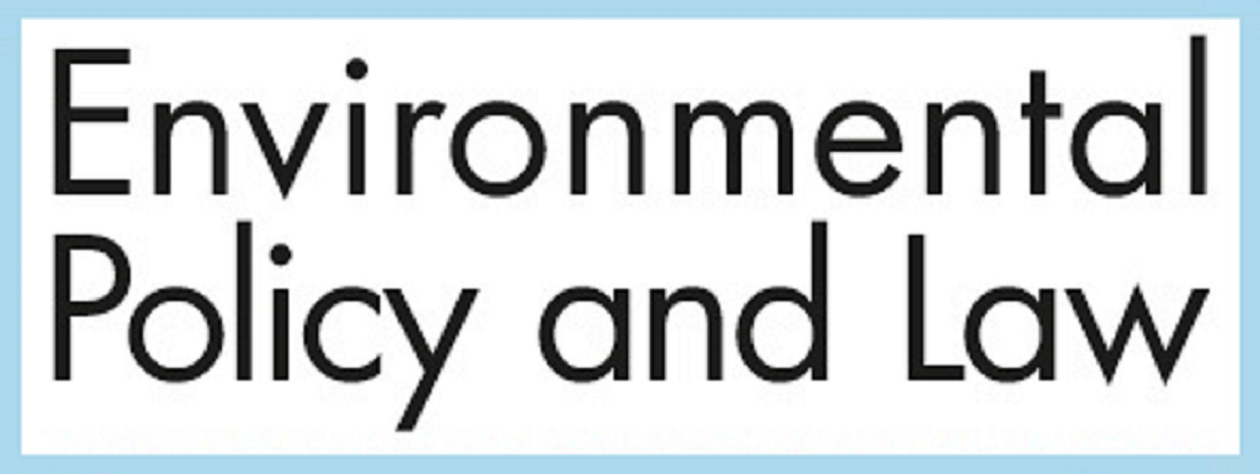International Biodiversity and the World Trade Organization: Relationship and Potential for Mutual Supportiveness
Bondi Ogolla, Markus A. Lehmann, and Xueman Wang*
Convention on Biological Diversity, Montreal, Canada
*Corresponding author; contact: xueman.wang@biodiv.org
EPL, Vol.33, Iss.3-4, pp.117-132, 2003

